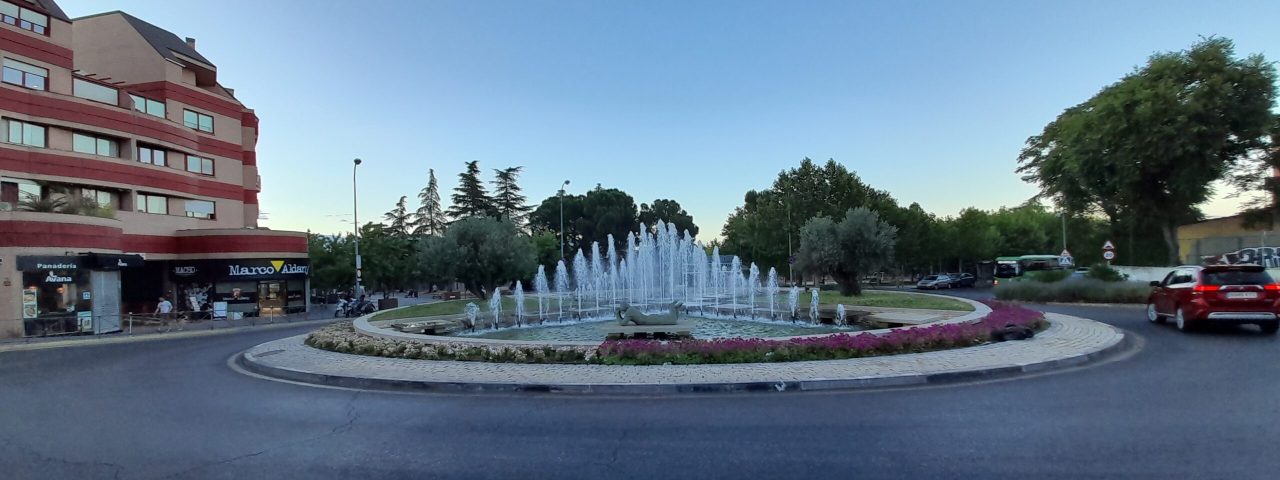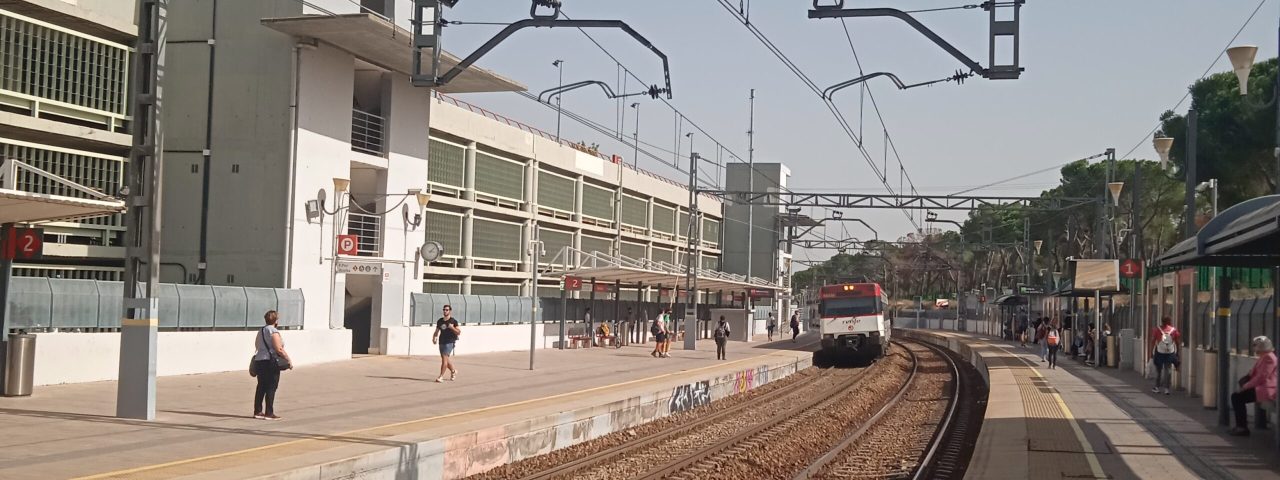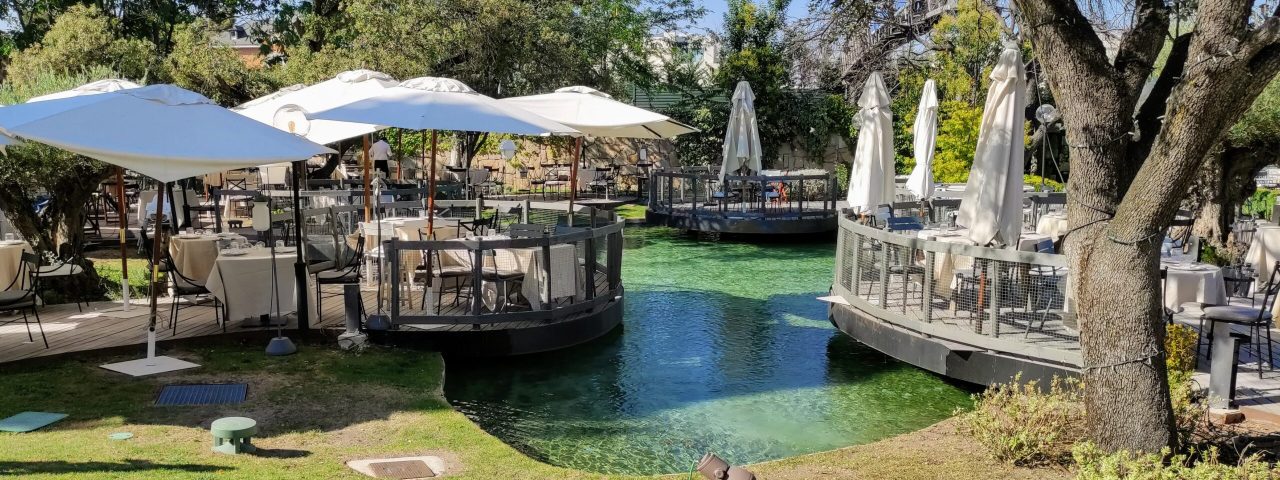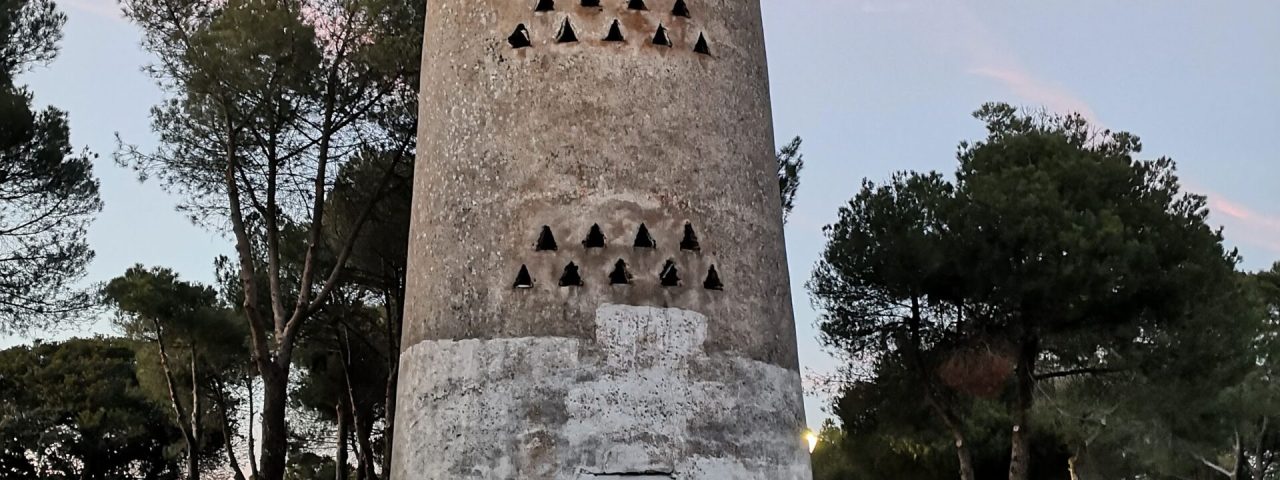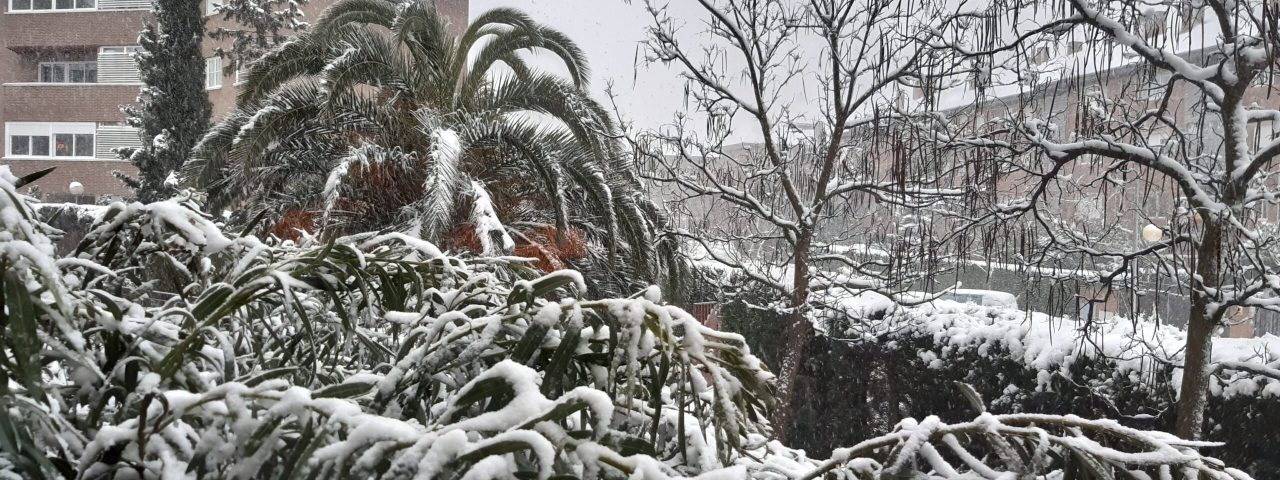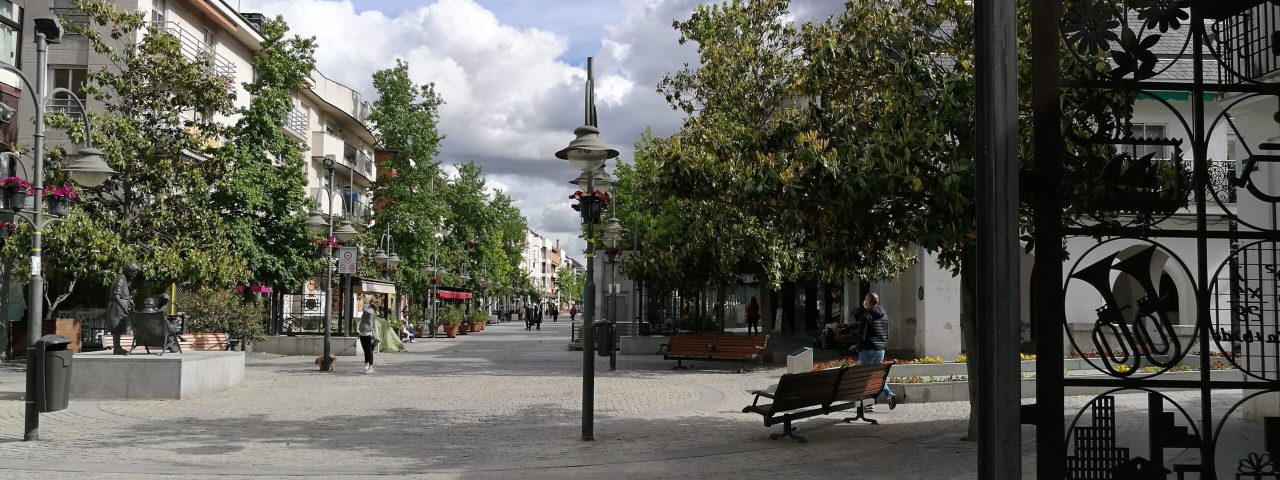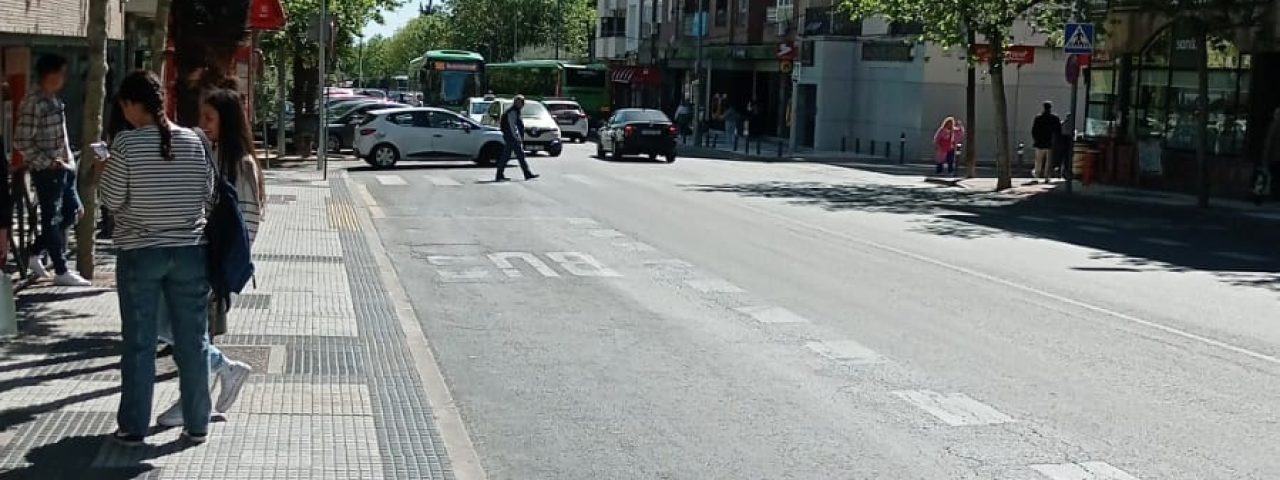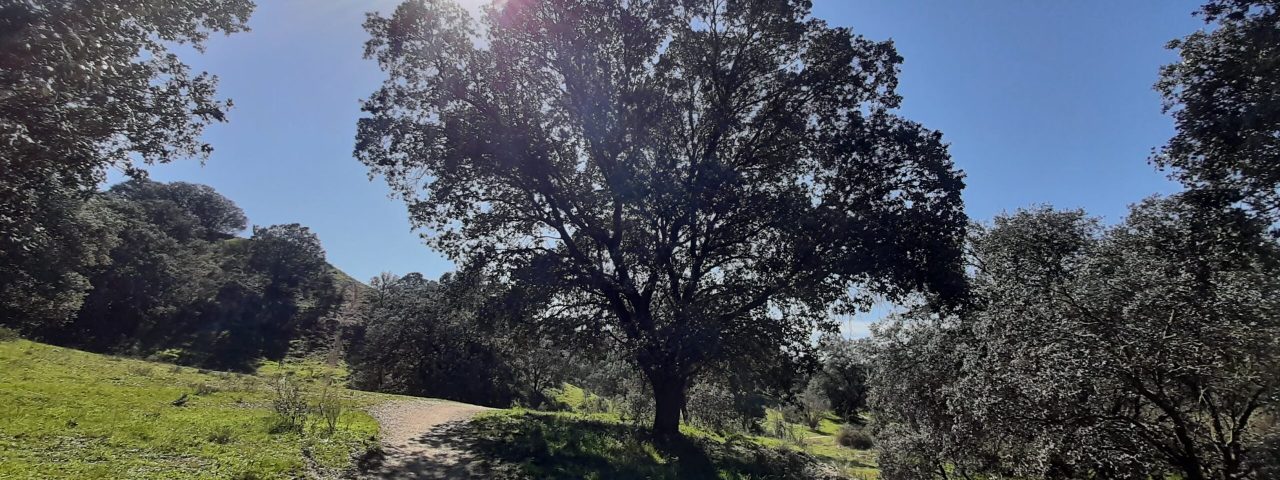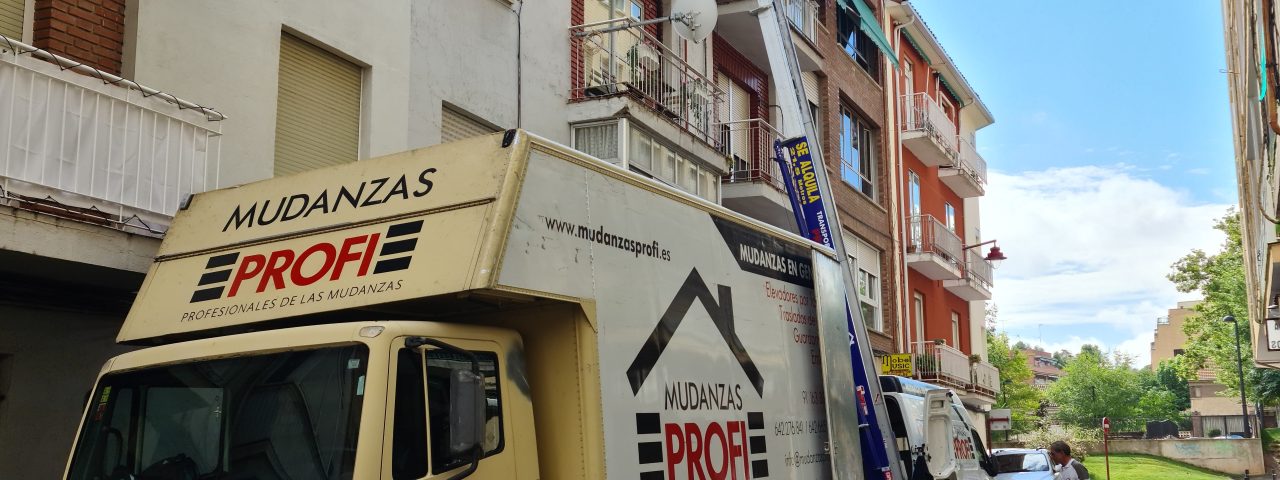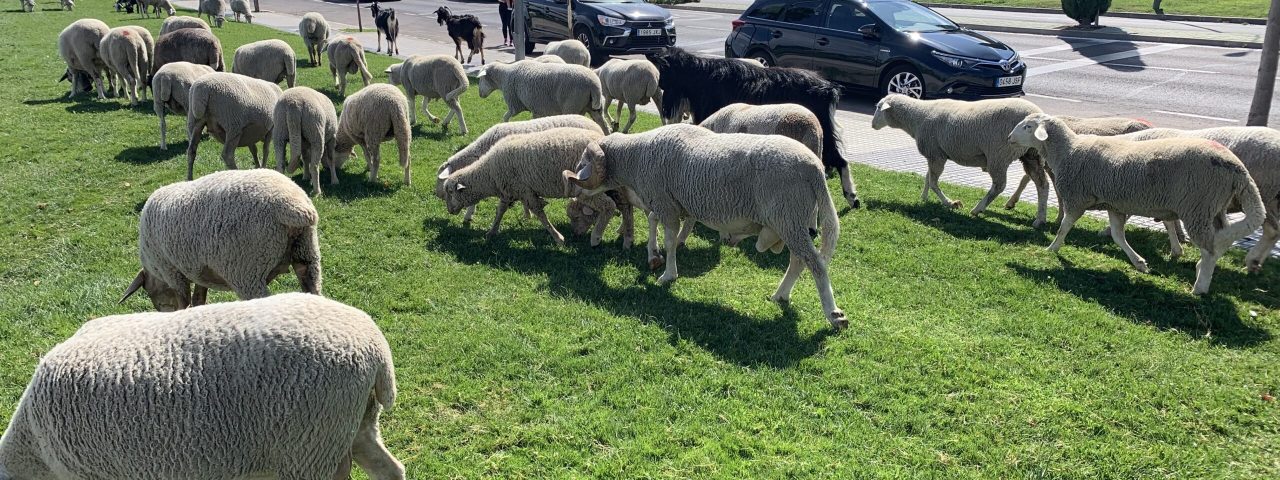Although Majadahonda is a modern city today, its roots stretch back to the medieval period. The name “Majadahonda” is believed to come from the word “majada,” meaning a shepherd’s shelter, reflecting the town’s early agrarian history. The town began to grow significantly in the 20th century, evolving from a rural village into a vibrant suburban city as Madrid expanded. Its proximity to the capital allowed it to develop rapidly, and it is now one of the wealthiest areas in the Madrid metropolitan region.
Culturally, Majadahonda embraces both traditional Spanish customs and modern influences. It hosts several festivals throughout the year, including the Fiesta of San Francisco de Paula, its patron saint, in April, and various cultural and musical events during the summer months. Local customs, such as the celebration of Easter with processions, also reflect Spain’s deep-rooted religious traditions. The city’s cultural vibrancy is further supported by a number of art galleries, theaters, and community centers that regularly organize cultural programs for residents and visitors.
For history buffs, Majadahonda’s nearby landmarks, such as Madrid’s historical and cultural sites, offer an excellent opportunity to explore Spain’s rich past. Whether you are interested in Spain’s Roman, Moorish, or Christian history, the city serves as an excellent base for day trips to explore these important cultural and historical influences.
